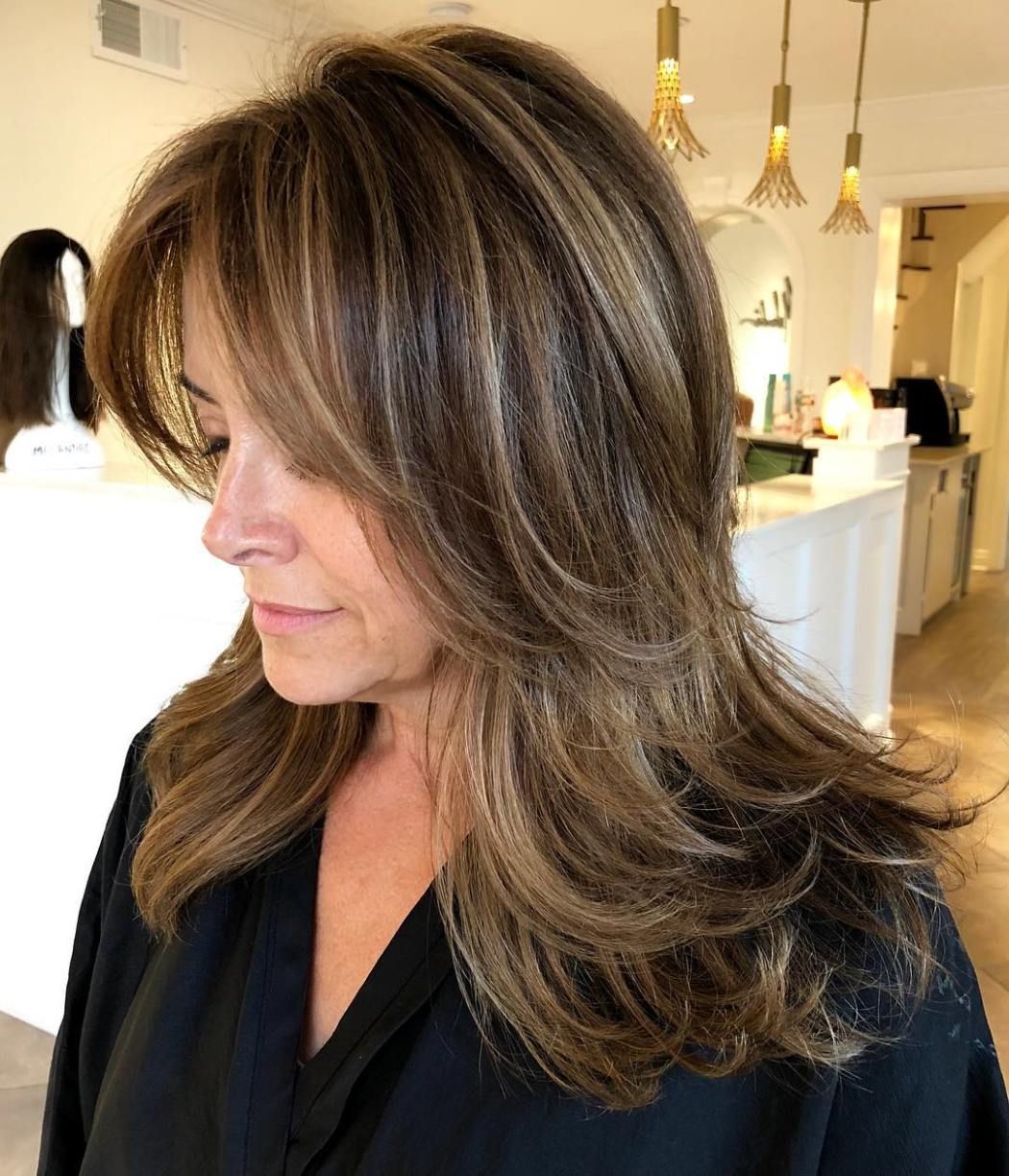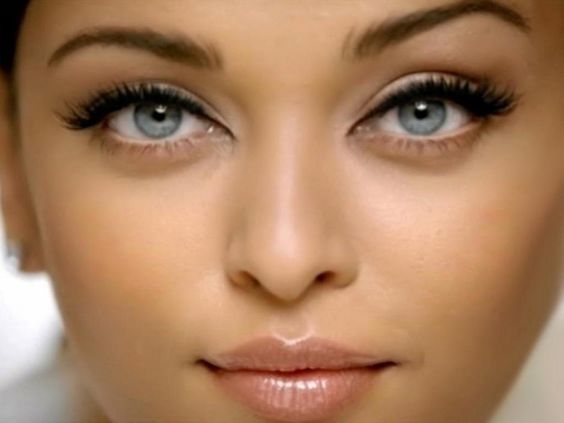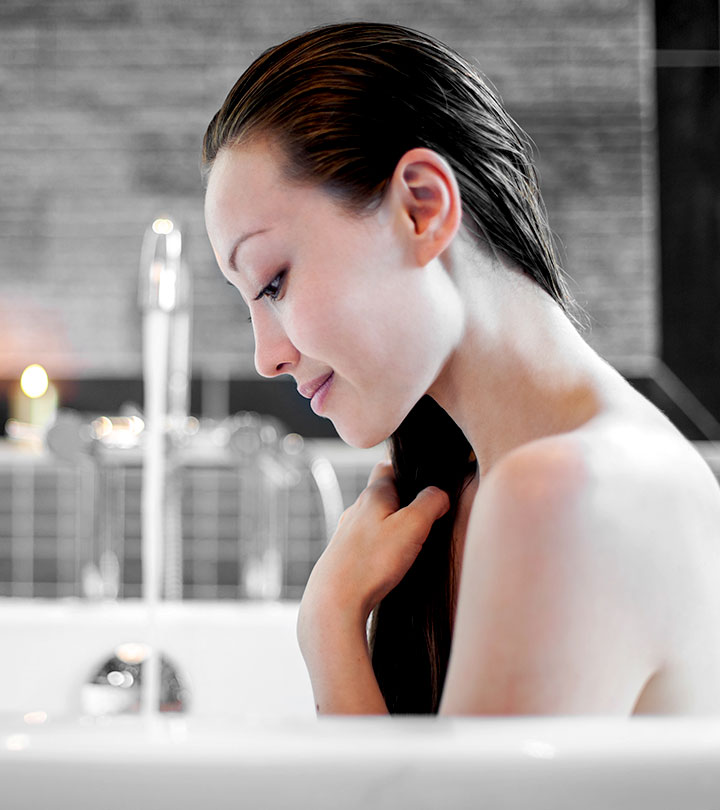Perhaps, it’s called “Beauty Sleep” for a good reason… ? Did you know nighttime is when the magic happens…where all the REAL BEAUTY happens for your skin!!??
I often have to remind myself of this as I drag myself to the bathroom sink and open up that drawer with all my skincare goodies.
You see, nighttime is the best time to prevent signs of aging, reduce signs of aging, and get the biggest bang for your buck when it comes to the products you are using for specific goals or skin concerns, including acne, dryness, and/or hyperpigmentation issues.
It is during this time that you can use “targeted” skincare products (based on your skin goals or concerns) MOST effectively because it represents a long extended phase where the ingredients can MORE EASILY, DEEPLY PENETRATE the skin without interruption.
When you sleep, your skin naturally repairs, heals, restores, and is given a chance to rejuvenate. Your skin and body, in general, go through numerous processes you probably aren’t even aware of, while you’re getting that much-needed shut-eye.
And your skin is, in fact, MOST RECEPTIVE to the ingredients in your products during this time, making those products FAR MORE productive. So, if you aren’t taking advantage of this perfect chunk of uninterrupted “TLC-time” to at the very least prevent or reduce signs of aging for your skin, you could be missing out BIG TIME!
Step 1: Start With A Cleanser & Don’t Skip
First things first, you should always clean your face before bed using a cleanser made for your skin type or concern. And if you’re a heavy makeup wearer, use some makeup wipes too!
You need to remove makeup, sweat, oil, dirt, pollutants, and all of the environmental elements your skin may have been exposed to during the day.

Not doing so can lead to a host of skin problems like premature aging, clogged pores that may lead to breakouts or large-looking pores (an often overlooked sign of skin aging), and texture changes.
As discussed in our best guide to women’s essential skincare tips, so many things that your skin comes in contact with along with your makeup can work their way down into your pores at night as you sleep. As a result, collagen and elastin breakdown, sebum plugs can form, bacteria can grow, and pores can get rather stretched out.
I actually heard recently that not washing your makeup off before bed can age your skin up to 7x faster!!! Geez…who knew!!?? Apparently, it holds onto all those awful free radicals your skin is exposed to throughout the day. So, wash that makeup off ladies if you want to prevent premature aging.
PRO TIP: Feeling incredibly lazy?? At the very least, keep makeup wipes and a moisturizer on your nightstand. This way, you can at least wipe off a bit of your makeup and apply a face cream really quickly.
Already Trying To Address Specific Skin Concerns??
In addition to preventing possible future issues with your skin, if you are already trying to tackle any specific concerns, cleansing before bed also helps prepare your skin for the treatment products with active ingredients you plan to use next. It clears away all the grime, dead skin cells, and previously mentioned things that can accumulate and block the surface of your skin.
Now since nighttime is the established best time for products to penetrate the skin and work efficiently, you want to optimize that time with a clear, clean, unblocked surface. This way, you allow those next products the full potential to work their magic!
When looking for a cleanser, focus on finding one that addresses your skin concerns, issues, or goals. If you need help with this, check out this post with tips for selecting your cleanser whether you have dry skin, sensitive skin, oily skin, acne-prone skin, normal skin, want to address signs of aging, or have discoloration concerns.
Step 2: To Tone Or Not To Tone…Your Skin At Night??
Ok, so how necessary is a toner really?? Well, this depends… No skin concerns?? You can probably skip it. But for everyone else… What are your skin concerns? How serious are you about addressing those concerns??
Most people assume a toner’s sole purpose is to address acne or oily skin. And while yes, some toners do accomplish these things, the truth is toners have become quite more complicated in recent years with many new formulations made to literally address a “boatload” of skin issues and concerns.
So, What Do Toners Actually Do Now??
Well, toners help to remove dead skin cells and anything that your cleanser missed, plus bring it back to a natural, balanced PH level. Also, nowadays, some are made to nourish, soothe, prime, hydrate, and more! In fact, many toners are formulated to help with your skin’s absorption of the products applied after them, therefore maximizing the benefits of those products (serums, creams, moisturizers, gels, etc.).
Additionally, toners can be a great way to treat your specific skin concerns, and add some extra needed active ingredients for addressing them.
- For example, they may contain retinoids, exfoliating, or antioxidant ingredients for anti-aging.
- They could include anti-inflammatory, moisturizing, and calming ingredients for those who suffer from dry skin.
- They may have brightening, antioxidant, and exfoliating ingredients for someone struggling with discoloration or an uneven skin tone.
So ladies, adding a nighttime toner to your skincare routine may actually help you to more easily get those skin results you’ve been seeking! Not to mention, help you to achieve them at a much faster rate!
Step 3: You Must Not Forget That Eye Cream!
The eye area has the most delicate, fragile, and thinnest skin of any area on your face. This also happens to be one of the first spots where signs of aging can appear. So, it is absolutely necessary to give this skin some extra TLC each night with a restorative eye cream that prevents and reduces signs of aging.
And with the skin being so delicate in that area, it’s also important to take a few extra precautions and be sure you are applying your eye cream correctly. Unlike the skin on our body, it’s not made for all the rough and tough stuff. Think of this area like you would a baby… Keep it “gentle as can be”…
How To Correctly Apply An Eye Cream
- After using makeup wipes, cleansing and toning your skin (if you use a toner), your eye cream should be the next step in your routine, followed by treatment products and a night cream applied to the rest of your face.
- Typically, a pea-sized amount is enough for each eye. You want to always use your ring finger when applying it, as this finger will apply the least amount of pressure on that fragile skin. It is the weakest of all your fingers.
- You should use a light tapping (patting) motion and never pull, tug, or rub, as this will cause more damage to the area and lead to visible signs of aging faster. Remember, this skin is super thin and delicate…so we want to handle with care.
- Dab in small dots around the eye area and lightly pat or tap until fully absorbed. For under the eyes, follow along your orbital bone from inner to the outer.
- You also want to apply over the area where people tend to get crow’s feet (outer eye area up towards browbone) whether you have them or not. If you don’t have them, this will help prevent them. If you have them already, this can help diminish them.
- Depending on the eye cream you use, you may or may not be ok using it on your eyelid. So, it is best to check the instructions that come with it to determine this.
- Wait 1-2 minutes before moving on to other skincare products.
Step 4: Use Treatment Products With Active Ingredients
If you are addressing specific skin concerns, now is the point where you add leave-on products like serums, gels, lightweight lotions, or creams, etc. with active ingredients for treating those concerns.
Nighttime Routine Tips For Dry & Sensitive Skin
For dry and sensitive skin, since your skin repairs and restores itself while you sleep, overnight you want to use products with ingredients that help to repair your moisture barrier and boost your skin’s hydration (that attracts water and retain it). Some of these ingredients can include ceramides, allantoin, lipids, dimethicone, hyaluronic acid, glycerin, and sodium hyaluronate.






Recent Comments